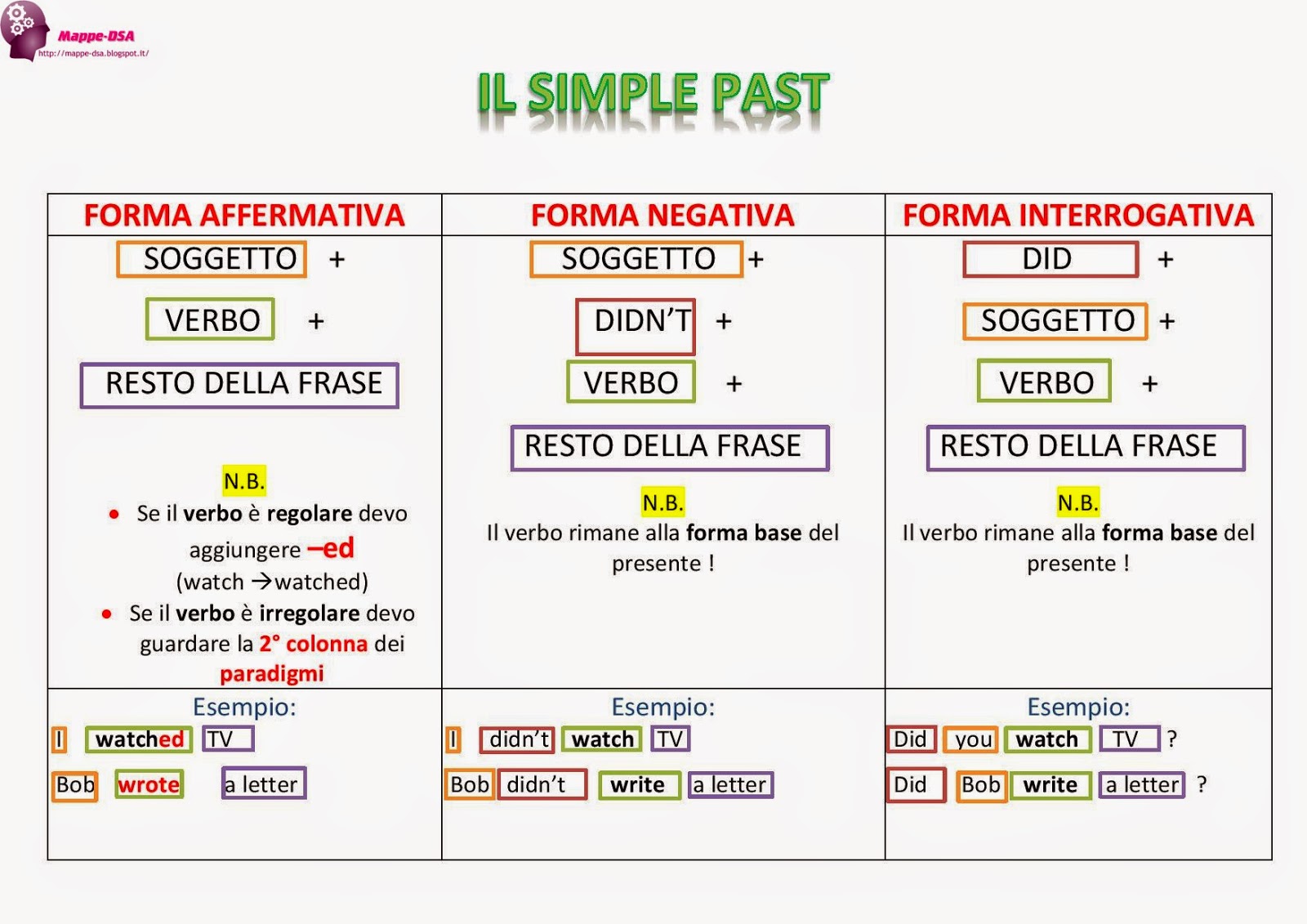Unlocking Italian Narratives: The Power of the Past Simple
Imagine yourself strolling through the cobbled streets of Rome, the aroma of espresso filling the air, the echoes of history whispering from ancient ruins. You stumble upon a charming trattoria, its walls adorned with faded photographs and filled with the lively chatter of locals. As you sip your cappuccino, your ear catches snippets of stories – tales of love and loss, of triumph and tribulation, all woven together by the enchanting tapestry of the Italian language. At the heart of these narratives lies a grammatical key that unlocks the past – the "passato remoto," often referred to as the "past simple" in English.
This seemingly simple tense, with its elegant conjugations and evocative power, holds the key to understanding not just events of bygone eras, but also the very soul of Italian expression. It's the tense of history books, of grandmothers' reminiscences, of those captivating stories whispered across café tables. Mastering the "passato remoto" is akin to unlocking a hidden chamber within the Italian language – a chamber brimming with the richness of lived experiences and the beauty of storytelling.
But like any treasure worth seeking, the "passato remoto" comes with its own set of rules and intricacies. Its usage can seem daunting at first, particularly for those accustomed to the more straightforward past tenses of English. Yet, within these intricacies lies the very essence of Italian – a language that revels in nuance, precision, and the art of expressing the passage of time.
This exploration delves into the heart of the "passato remoto," unraveling its complexities and illuminating its power. We'll journey through its formation, uncovering the patterns and exceptions that give it its unique character. We'll explore its subtle shades of meaning, discovering how it paints a vivid picture of actions completed in the past, actions that stand distinct from the ongoing flow of the present.
And ultimately, we'll unlock the true magic of the "passato remoto" – its ability to transport us to other times and places, to connect us to the threads of history, and to empower us to share our own stories with the eloquence and grace that defines the Italian language. So, join us as we embark on this linguistic adventure, and discover the transformative power of speaking about the past in Italian.
Let's start with acknowledging that learning any new grammatical concept requires a shift in perspective. We're not simply memorizing rules but rather stepping into a new way of thinking about time and action. With the "passato remoto," we're invited to view the past not as a distant echo but as a series of distinct events, each one a brushstroke contributing to the larger canvas of a narrative.
Think of the "passato remoto" as a master storyteller, carefully selecting verbs to convey not only what happened but also the atmosphere surrounding those events. This tense thrives in formal contexts, gracing literary works, historical accounts, and even news reports. It adds a certain gravitas to speech, particularly when recounting significant events or sharing personal anecdotes with a touch of drama.
Of course, no exploration of the "passato remoto" would be complete without addressing its close cousin, the "passato prossimo" – the other common past tense in Italian. While both tenses speak of the past, they do so with different nuances. Understanding when to employ one over the other is key to achieving true fluency and expressing yourself with precision.
Think of the "passato prossimo" as the everyday storyteller, the one we turn to for recounting recent events or sharing casual anecdotes. It speaks of the past in a more immediate sense, often highlighting the connection between past actions and the present moment. The "passato remoto," on the other hand, steps further back, emphasizing the completion of actions in a bygone time.
Mastering the dance between these two tenses is an art form in itself, and one that becomes more intuitive with practice. Embrace the challenge, for within it lies the reward of wielding the full expressive power of the Italian language.
Unlocking measurements your guide to conversion of units worksheet grade 4
Effortlessly navigate your finances a guide to bank account opening letters for workers
Navigating the waters of syarat cuti separuh gaji your guide to half pay leave














